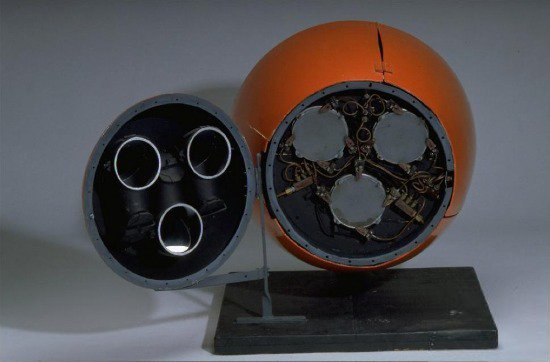In WW2 BF Skinner – behaviourism’s big cheese – created a pigeon guided bomb. Skinner built his theories about free will (it didn’t exist) and education (reinforce “good” behaviour through repetition and reward) through experiments that usually involved animals in cages pressing levers for reward. To build his bomb-guiding mechanism he trained pigeons to peck at the image of a ship to receive a treat. These trained birds would then be placed in a sealed cone on the front of a glide bomb. When released from a plane the pigeon, seeing a real ship, would peck at the screen, expecting their usual reward, and this pecking would be used to direct the bomb onto the enemy target.

The pigeon guided bomb sounds ridiculous, but Skinner was nothing if not an an expert pigeon-wrangler and his invention actually worked. However, perhaps predictably, US Air Force decided not to adopt the system and opted for radar-based bombs instead. Presumably they underestimated the pigeon’s innate ability to dodge Dick Dastardly.
What really struck me about the pigeon bomb experiment, however, was the fact that it was built around a pigeon democracy. To prevent one pigeon getting distracted and missing the target, Skinner’s bomb had three pigeons in its nose cone (hence the three windows in the image above) and the majority decision was used to guide the bomb to the enemy ship.
Of course, whatever way the pigeons voted (and no matter how many tasty treats they got fed along the way) the long term result for them was always the same.
Their pigeon polity would always end in a loud noise and a fiery ball of destruction.
On a bad day I could see this as a metaphor for the state of democracy in the face of a climate change. Perhaps it’s time for everyone to stop pecking at that screen in the hope of a quick reward.
Leave a Reply